Altera Stratix III Instruction Manual
Other Altera Microcontroller manuals
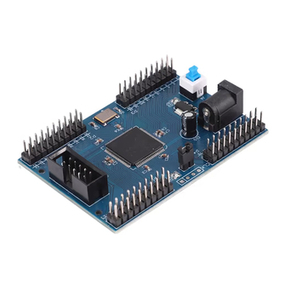
Altera
Altera Max II User manual

Altera
Altera Nios II User manual
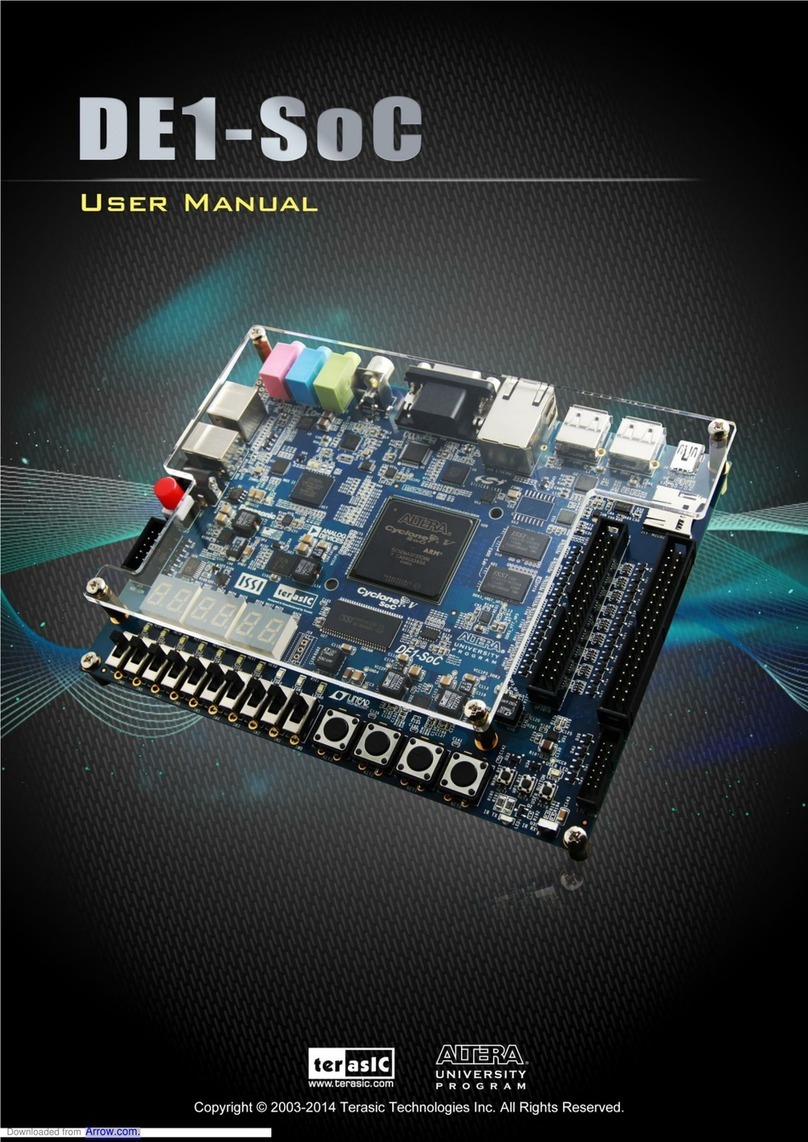
Altera
Altera DE1-SoC User manual

Altera
Altera APEX User manual

Altera
Altera MAX II Micro Kit User manual

Altera
Altera Cyclone V GX Starter Kit User manual

Altera
Altera Stratix V GX Edition User manual
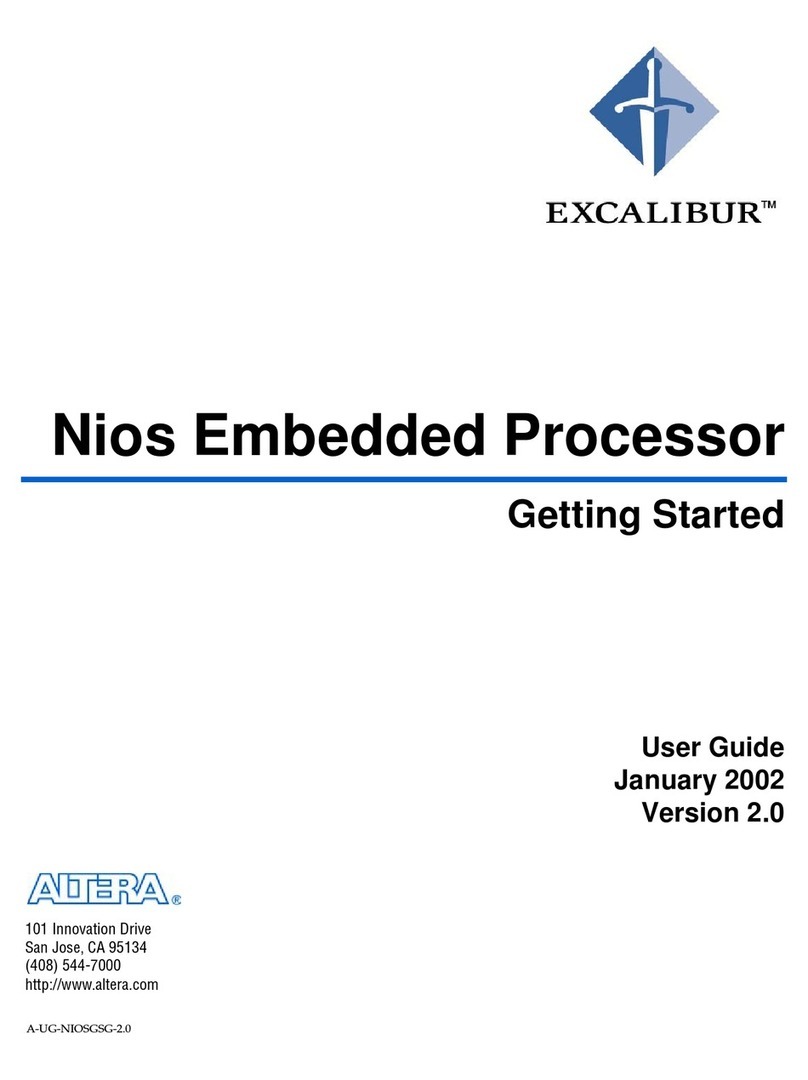
Altera
Altera Excalibur APEX 20K200E User manual

Altera
Altera Arria 10 SoC User manual
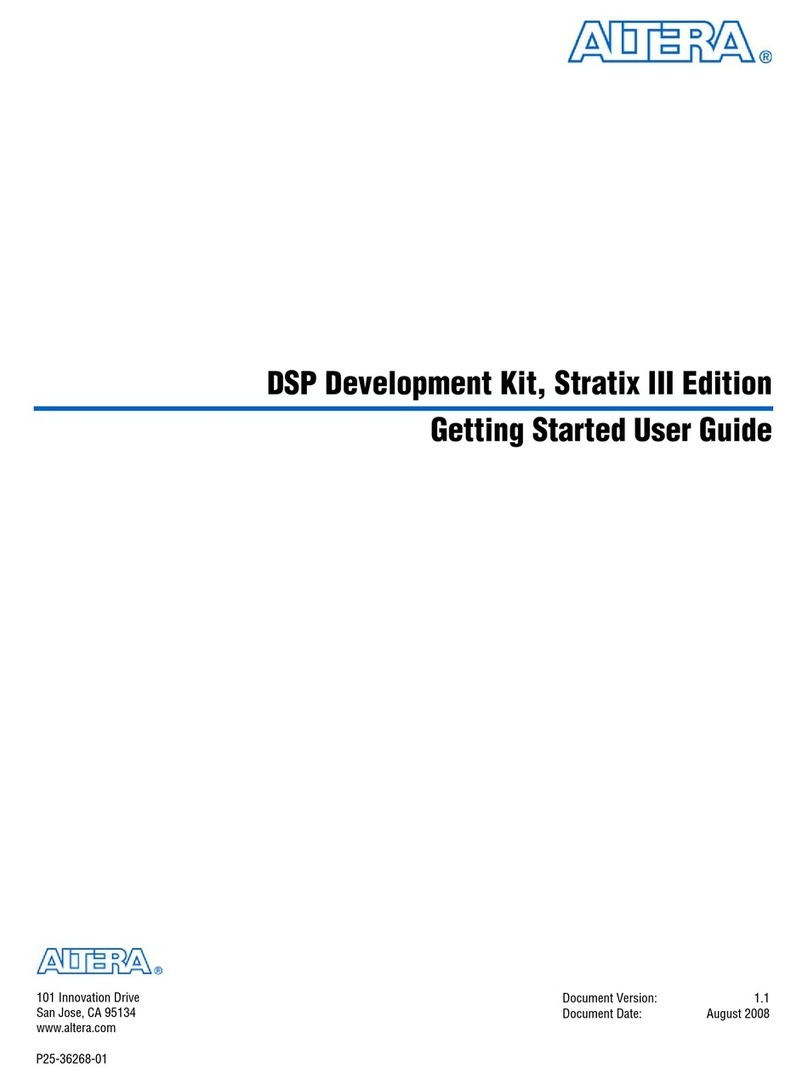
Altera
Altera Stratix III User manual
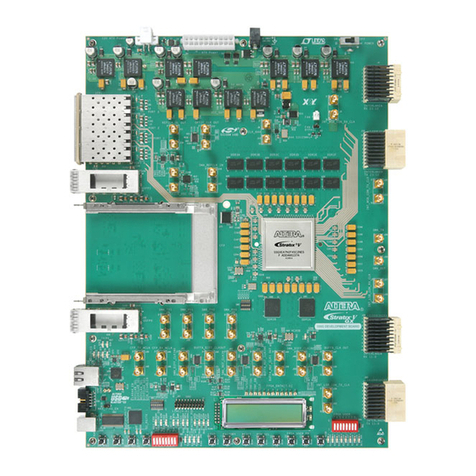
Altera
Altera Stratix V GX 100G User manual
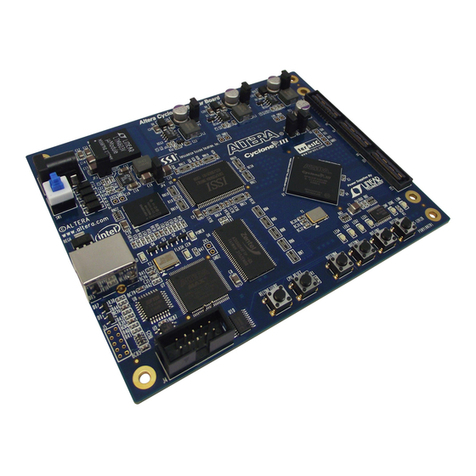
Altera
Altera Cyclone III User manual

Altera
Altera DE5-NET User manual
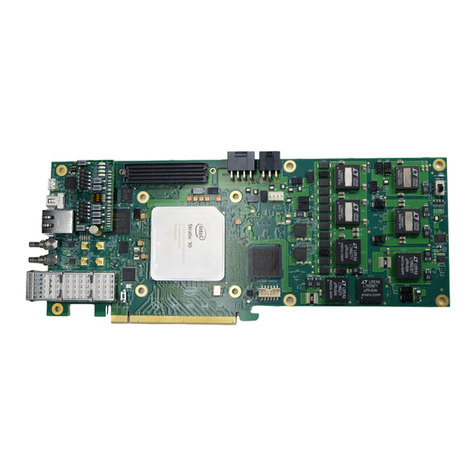
Altera
Altera Stratix 10 GX FPGA User manual

Altera
Altera Max10 FPGA User manual
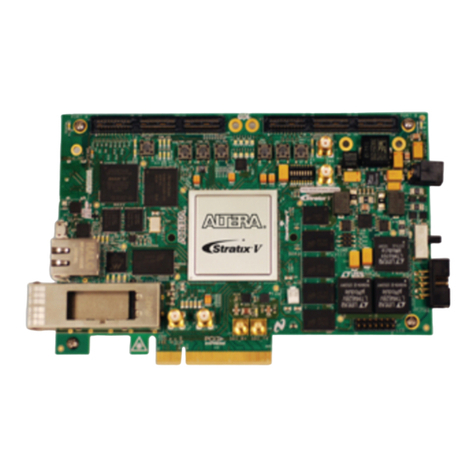
Altera
Altera Stratix V GX FPGA User manual
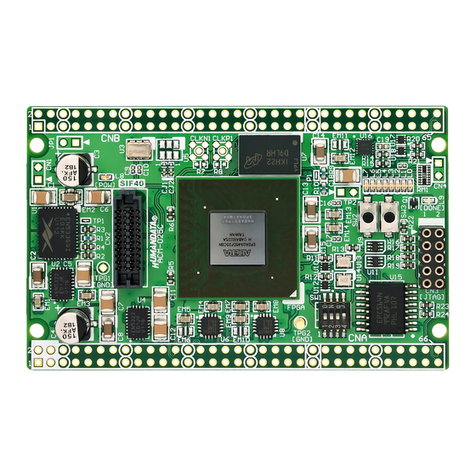
Altera
Altera Arria II GX FPGA User manual
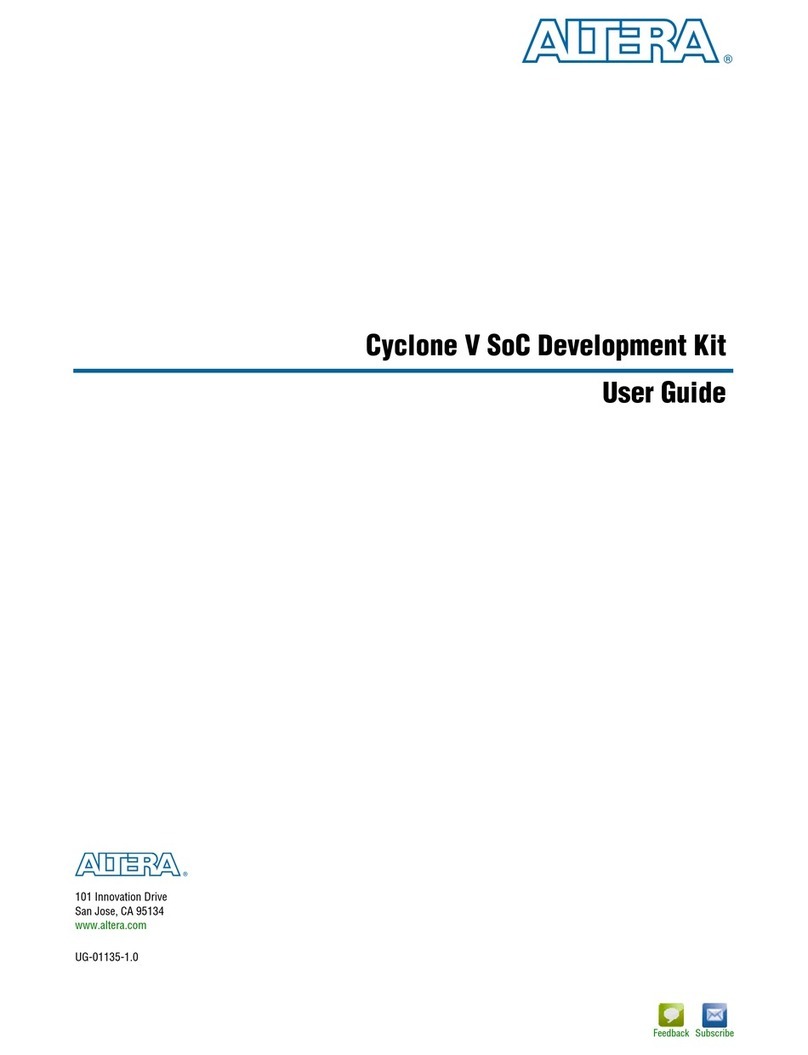
Altera
Altera Cyclone V SoC User manual

Altera
Altera MAX 10 series User manual
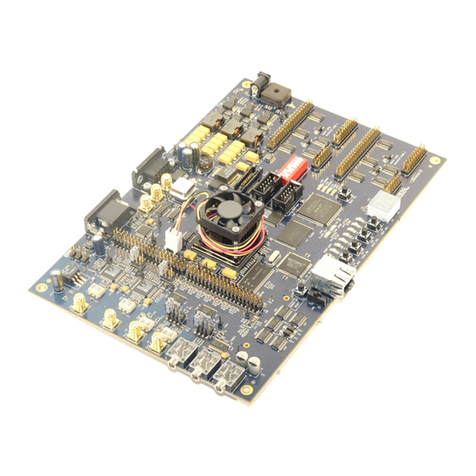
Altera
Altera DSP Development Kit User manual
Popular Microcontroller manuals by other brands

DIGITAL-LOGIC
DIGITAL-LOGIC MICROSPACE manual

Texas Instruments
Texas Instruments TMS320F2837 D Series Workshop Guide and Lab Manual

CYPRES
CYPRES CY14NVSRAMKIT-001 user guide

Espressif Systems
Espressif Systems ESP8266EX Programming guide

Abov
Abov AC33M8128L user manual
Silicon Laboratories
Silicon Laboratories C8051F800 user guide

























